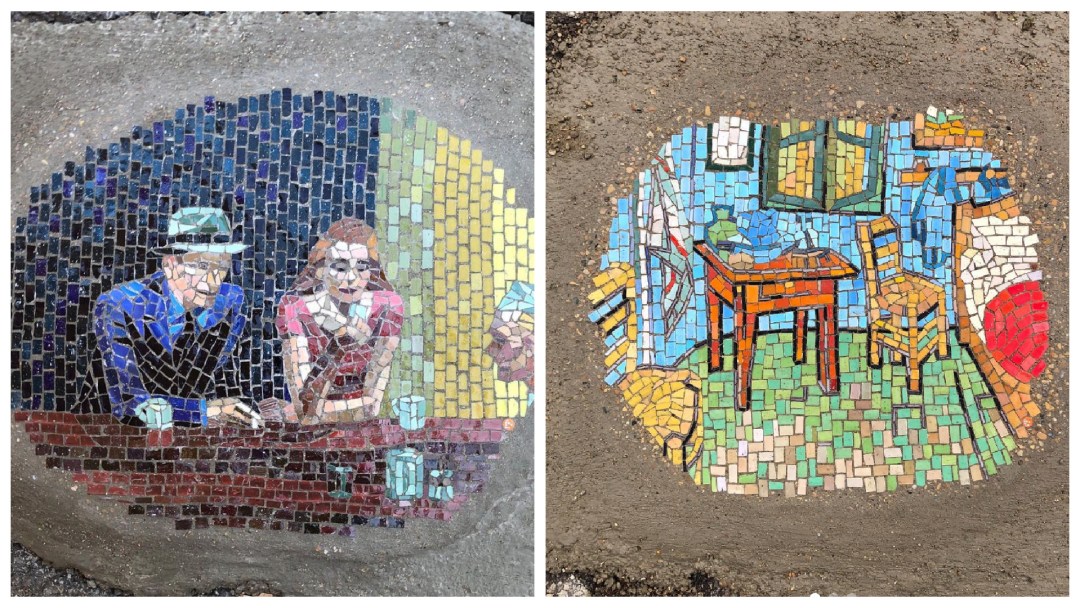Links for September 4, 2022
What to Read
🎨 An A.I.-Generated Picture Won an Art Prize. Artists Aren’t Happy. — NY Times
Jason M. Allen recently became obsessed with creating AI-generated images using a program called Midjourney. What he did next caused a controversy:
Eventually, Mr. Allen got the idea to submit one of his Midjourney creations to the Colorado State Fair, which had a division for “digital art/digitally manipulated photography.” He had a local shop print the image on canvas and submitted it to the judges
“The fair was coming up,” he said, “and I thought: How wonderful would it be to demonstrate to people how great this art is?"
Several weeks later, while walking the fairground in Pueblo, Mr. Allen saw a blue ribbon hanging next to his piece. He had won the division, along with a $300 prize.
“I couldn’t believe it,” he said. “I felt like: this is exactly what I set out to accomplish.”
✈️ Standing Alert with the UPS Hot Spares — Gear Patrol
If you've ever wondered how UPS ensures your package gets delivered on time, here's your answer: They build slack into the system. Jan Tegler talks to the crewmembers who are on call for when things go wrong:
They’re part of the UPS “hot-spares” program, a contingency operation with roots extending back to the late 1980s, a handful of years after the shipping giant entered the global air freight business. How and by whom the program was created has faded from corporate memory but there’s little doubt it was modeled after the US Air Force’s alert force, exemplified by the fighter-interceptors of Air Defense Command during the Cold War and today’s NORAD structure.
The basic idea is simple. Hot-spare aircraft and crews are on alert to “protect” inbound and outbound “Next Day Air” volume, which amounts to nearly 1.6 million packages coming to Worldport (primarily) from collocated UPS air hubs and sort-hub facilities domestically and internationally every night.

🖼 Chicago’s Famous Paintings Are Becoming Pothole Mosaics Thanks To Artist Jim Bachor — Block Club Chicago
If art is whatever you can get away with, Jim Bachor is getting away with it:
You don’t have to visit a museum to see some of the world’s most renowned paintings — you can spot them in Chicago’s potholes.
Local mosaic artist Jim Bachor is known for filling potholes with small, colorful mosaics. His latest street art series is called “Master pieces,” and it recreates famous artworks people ordinarily would see at the Art Institute of Chicago
“There’s kind of an interesting juxtaposition there, of bringing masterpieces from a museum into the reviled pothole,” Bachor said. “That was kind of funny.”
See also: Guerrila Public Service

Tweets of the Week
Social change happens very slowly, and then all at once, because there are tipping points in social beliefs. This paper found that when 25% of people shared a new norm, this could trigger a tipping point to change the consensus of the entire population. https://t.co/I4ZXBEpW0E pic.twitter.com/IaPyjm70pL
— Ethan Mollick (@emollick) August 13, 2022
A reminder that effective communication speaks to others' benefits:
TIL in Australia, the tax return document shows where your tax money was actually spent. pic.twitter.com/vEiU328z5G
— ankit (@ankitkr0) August 18, 2022
A junior exec at IBM lost $10+ million on a risky venture.
— Demand Curve (@GrowthTactics) August 24, 2022
His boss, Thomas Watson, called him into his office.
"I guess you want my resignation, Mr. Watson," the exec said.
Watson's response: "You can't be serious! We've just spent $10 million educating you!"


